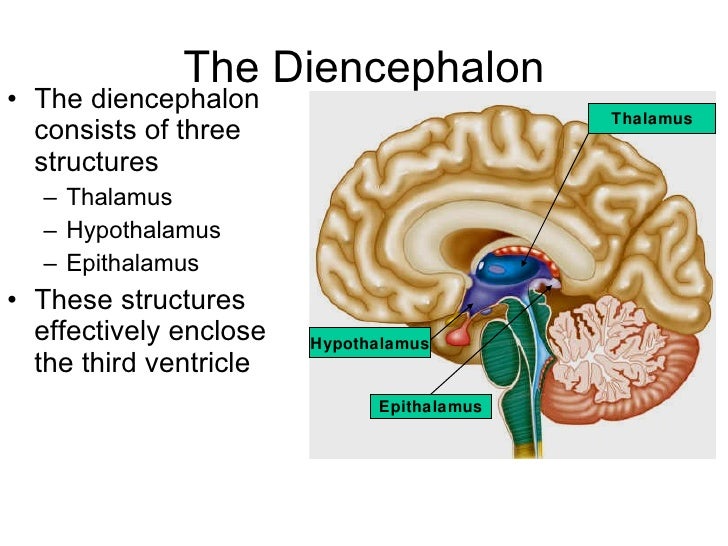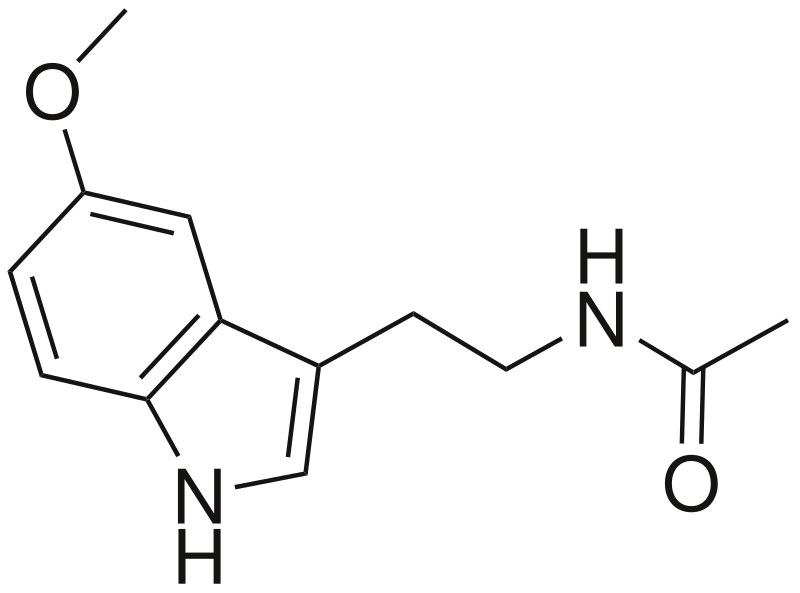An Introduction
In my last blog we discussed that the human eye (as a tool of reason) has some rather serious limitations. In this entry we will discuss the pineal body of the brain, more commonly referred to as the third eye. I will outline its function as an endocrine system in the brain (for example how it regulates the sleep cycle) and we will also discuss the more mystical and religious aspects of the eye (specifically in Buddhism as a focal point for cosmic energy).
The pineal body as an endocrine system
The pineal body is an extraordinarily small part of the brain (6mm in length). It is part of the diencephalon which is the sensory sorting office of the brain situated at its centre. It has three main parts, at the anterior is the hypothalamus, at the posterior the epithalamus and in the centre the thalamus. In the last entry when I said that the eye relays information to the brain for processing, it relays it to the thalamus. Comparatively, the endocrine signals from the pineal body are processed in the epithalamus. To illustrate this please see the figure bellow.

The diencephalon of a human brain
So why is it that the pineal body was placed in the same region which processes our vision? Well the pineal body is responsible for our sleep cycle or circadian rhythm, this means the body will produce a hormone called melatonin when it is time to sleep, and convert the melatonin into a hormone called seratonin when it is time to be awake and alert. But how does the pineal body know when to produce each hormone? The cells of the pineal body are called pinealocytes, and are believed to be derived from the same photoreceptor cells found in the retina. So as it turns out the pineal body is photosensitive and it picks up on the light entering from the eyes via the superchiasmatic nucleus (SCN) and adjusts the hormone levels accordingly (So a piece of advice: never sleep with your light on, because you wont produce enough melatonin to get a good night sleep). In lower vertebrates the pineal body even has its own eye called a parietal eye which acts as a photoreceptor which they use for both their sleep cycle and body temperature regulation. So it is clear to see that the pineal body and the eye have a number of parallels, explaining the pseudonym "the third eye".
The pineal body as a focal point of cosmic energy
The third eye has numerous utterances in various schools of Buddhism and Hinduism alike. It is believed by many of these schools that the third eye provides powers of perception beyond those of the human eye. It is believed to be one of the seven chakras (a chakra is believed to be a focal point of energy in the body). There are a number of names given to this chakra; Vedas: a Sanskrit word meaning 'knowledge' or 'wisdom' and Ajna: meaning 'command'. Many people have attempted to associate the pineal body of the brain to the third eye and despite its roots in eastern culture this particular chakra has seen a migration into the western world and has become the focus of attention in the neo-hippy movement in Ireland, many of whom believe that the fluoride added to our water supply is the cause of calcification of the gland and thus the source of our so called 'unenlightenment' in the west. Unfortunately for our hippy brethren it has been discovered that this calcification or 'corpora arenacea' is mainly caused by deposition of calcium and phosphorus on the gland, a natural part of the aging process.It is also believed that the pineal body produces DMT. DMT is a powerful psychedelic and is found in every living plant and animal on earth. It is the structural analogue of melatonin and serotonin which are also products of the pineal body. DMT was first synthesized in 1931 but has been used by the indigenous population of south America for centuries in the form of ayahuasca. Its effects are known to cause deeply spiritual experiences and appear to give the user the ability to perceive life after death. It has been shown that the brain releases a large payload of DMT upon the moment of death resulting in the so called 'light at the end of the tunnel' earning it the name "the spirit molecule" among the scientific community. I believe that before death the pineal body modifies the serotonin/melatonin molecule to create DMT. Below is a picture of the skeletal structure of Melatonin and DMT respectively.

The structure of Melatonin

The structure of DMT
No comments:
Post a Comment